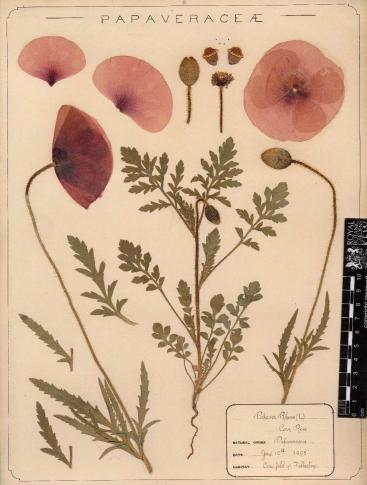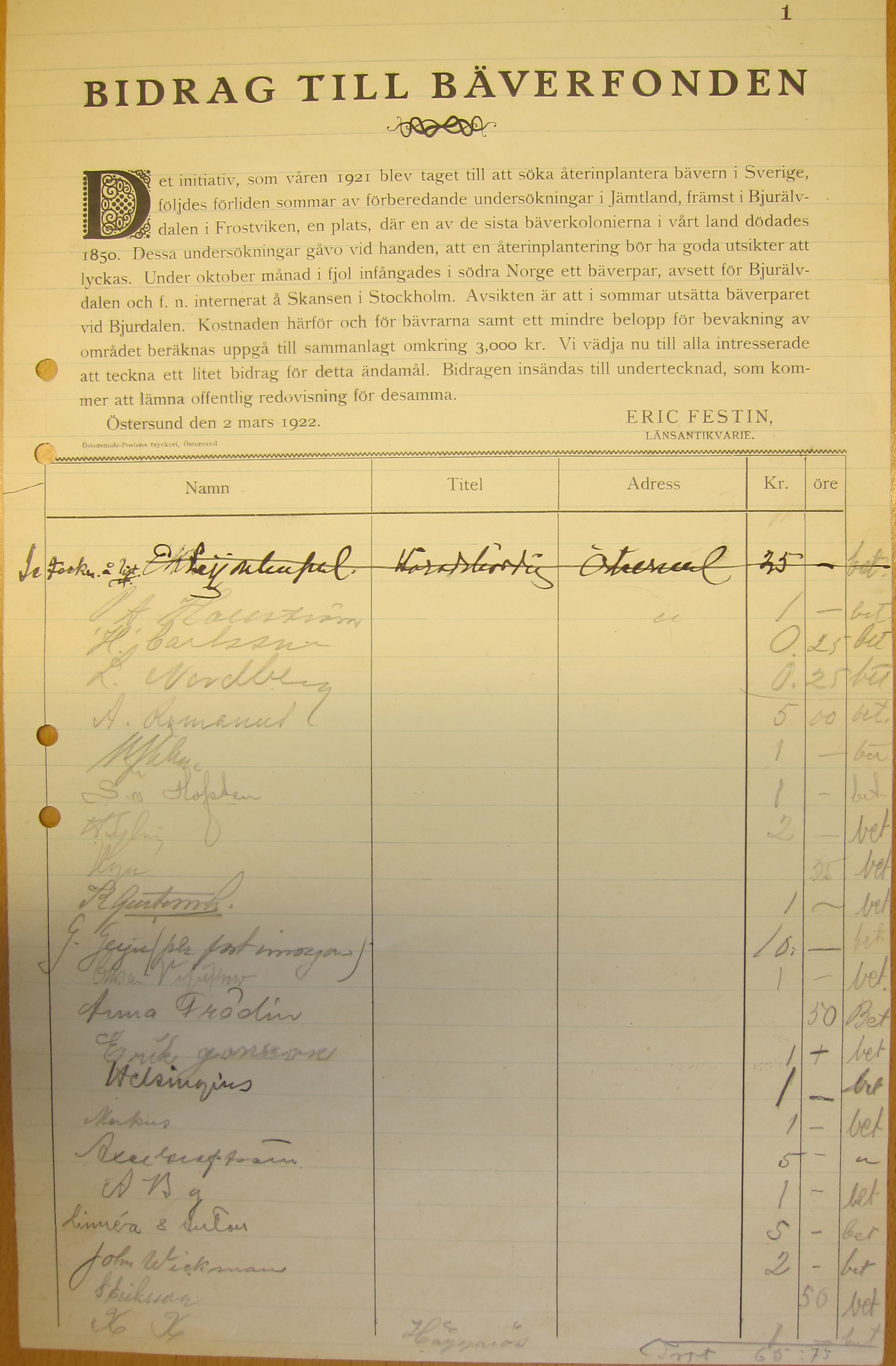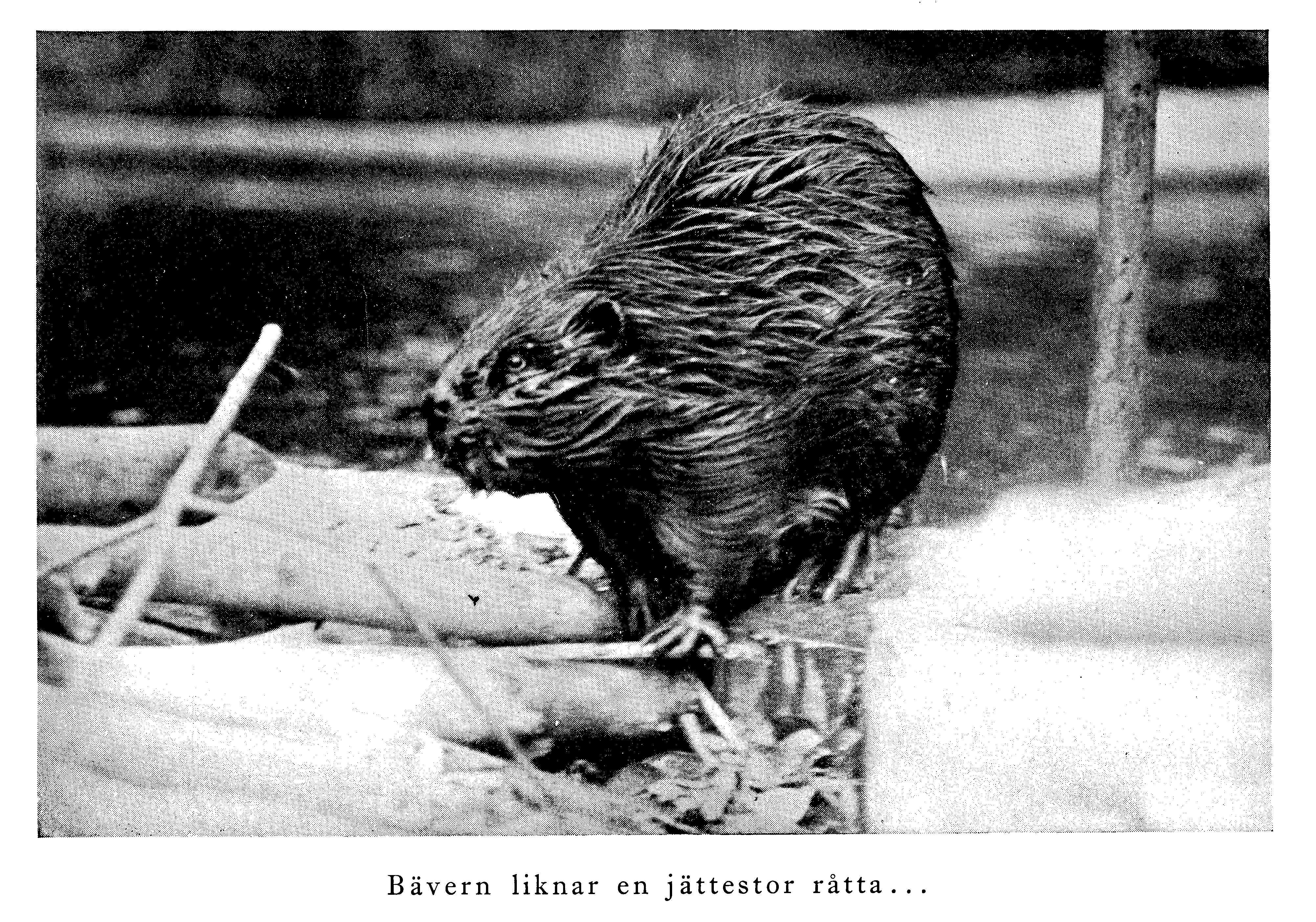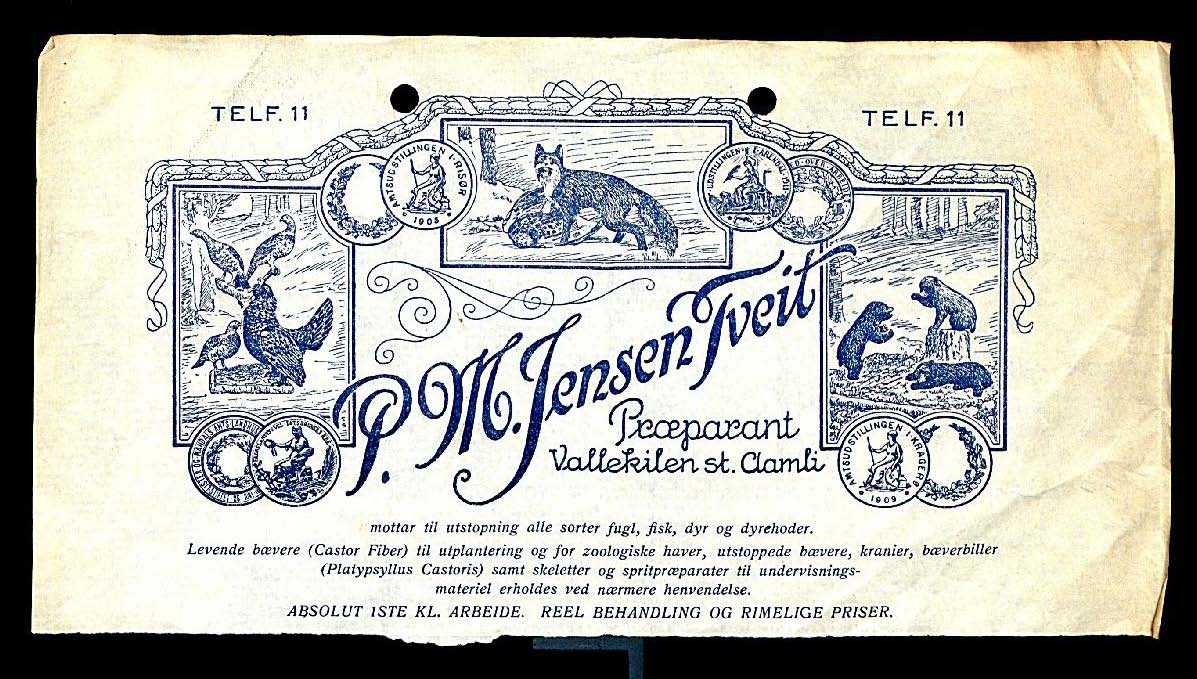
Speaking in silence
In this project on reintroduction histories, I am particularly interested in how ideas of ‘belonging’ play into reintroduction or introduction of animals and then how animals are attributed ‘belonging’ after they have returned or come to a place.
Museums are one place where that belonging happens. That’s why I’ve written a fair amount about museum displays on this blog. I’ve shown the great variety of ways muskox displays and beaver exhibits work–what they say and what they don’t. I’ve criticised some museums for not taking advantage of history-telling opportunities. I’ve talked about the opportunities and limitations of asking museum-visitors to consider reintroduction issues through questions. I’ve pondered about the telling of individual versus species stories. I’ve discussed the ways animals might be given voices in museums.
One thing is certain: what is not said can be as powerful as what is said.
This was obvious to me when I visited the Zoological Museum at the University of Oulu (Finland) last week. In addition to cases of individual stuffed animals, there is a long habitat diorama of Finnish nature. The diorama displays the animals and birds in active poses–running, looking, howling, eating–with a painted background giving depth to the scene. One of the sections contained beavers.

As I discussed previously, beavers in Finland are interesting because unlike in most of Europe, both the European beaver (from Norwegian stock via beaver-whisperer P. M. Jensen-Tveit) and the North American beaver were released in the 1930s. North American species now outnumbers European beavers at somewhere around 10,000 to 2,000. So if you go out in the Finnish countryside, you might encounter either one.
The display reflects this reality. On see-through stickers on the glass panel, the names of the different animals in each section of the diorama are listed. The label gives us the animal’s scientific name and popular names in Finnish, English, Swedish, German & French. In this section, the list includes both European beaver (Castor fiber) and North American beaver (Castor canadensis). It is entirely unclear from the label which beaver in the display is which. And the three beavers appear to make up one ‘family’ unit of sorts since they are near each other, which does not happen across beaver species lines in the wild. In blending and mixing the species, I read the display as presenting the Finnish beaver. It might be C. fiber. It might be C. canadensis. It really doesn’t matter. This is Finnish beaver and it belongs in Finland.

The diorama also includes several raccoon dogs, including a cute pair hiding as a forest reindeer calf and mother (who is only painted on the backdrop) run by. I was interviewed for an article about raccoon dogs as invasive species in Sweden recently and talked about its belonging, or lack thereof. Although the raccoon dog is also an immigrant to Finland–it was first spotted in the 1930s or 40s as populations spread from Russia where it had been introduced as a fur-bearing animal for commercial harvesting–it is not put in a separate case of ‘recent arrivals’ like it is in the Naturhistoriska Museum in Stockholm. In this museum, the raccoon dog is just as natural, it belongs just as much, as the woodpecker or reindeer or fox or hawk. With almost 200,000 raccoon dogs killed each year by hunters in Finland, it is not a rare encounter. This is the Finnish raccoon dog and it belongs in Finland.
This diorama is silent about the history of beavers and raccoon dogs in Finland. But in that silence, the display speaks. It claims European beavers, Canadian beavers, and raccoon dogs as belonging in the Finnish countryside.




